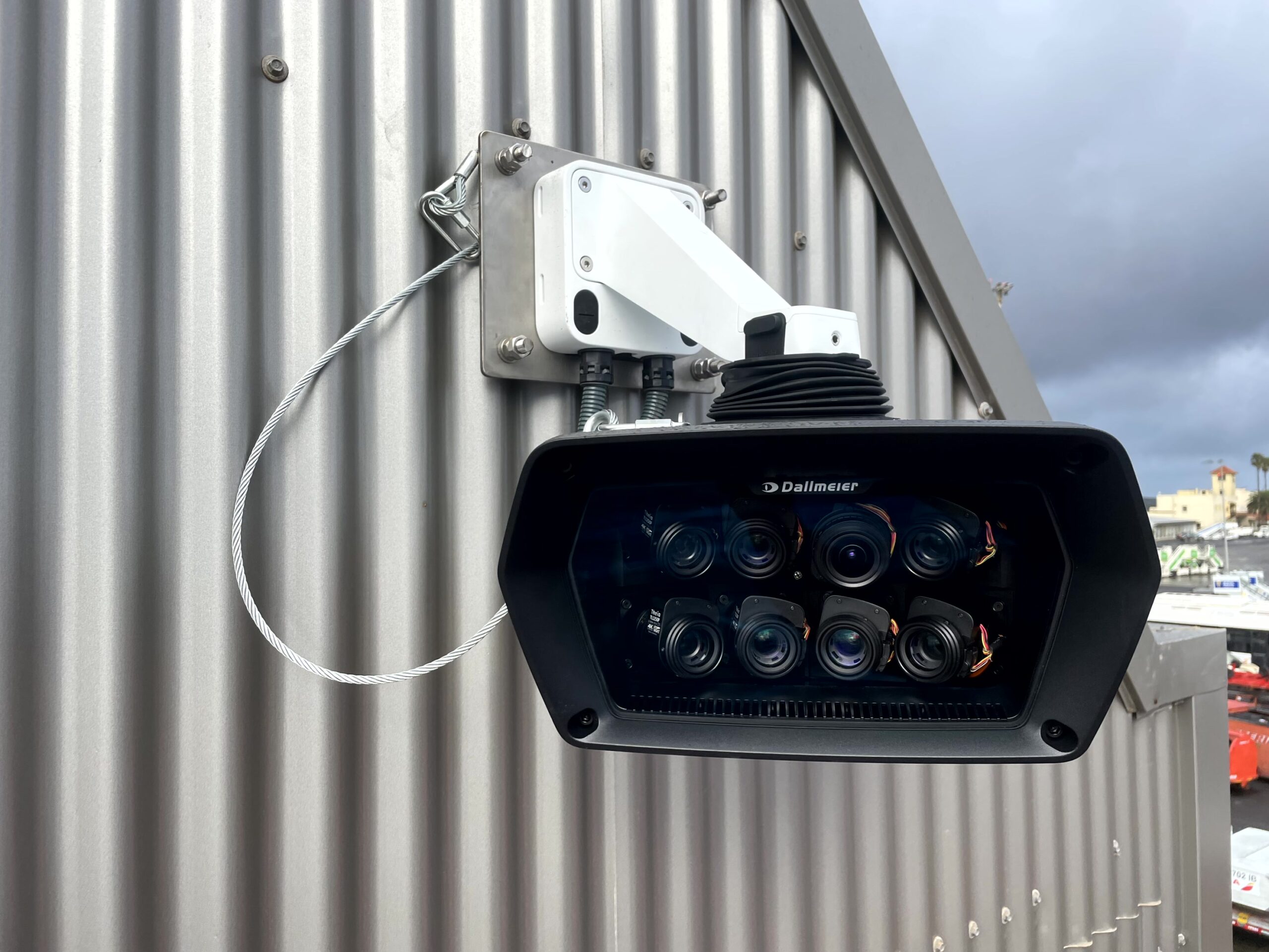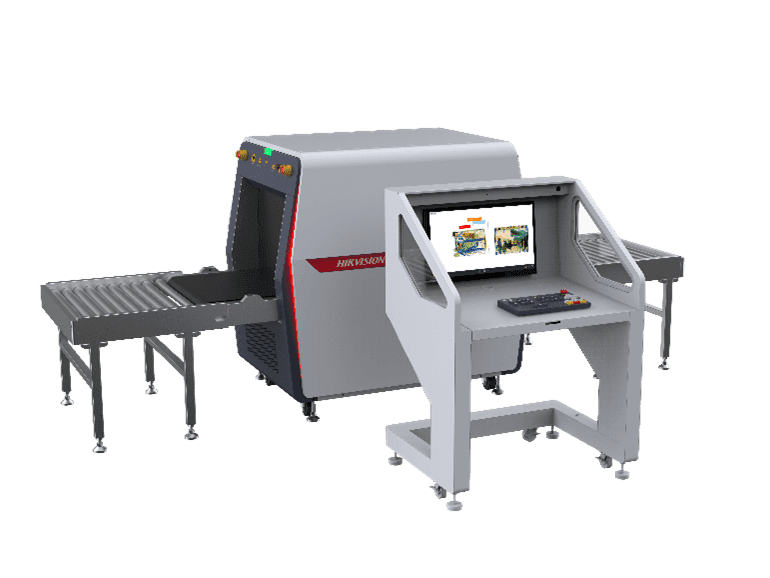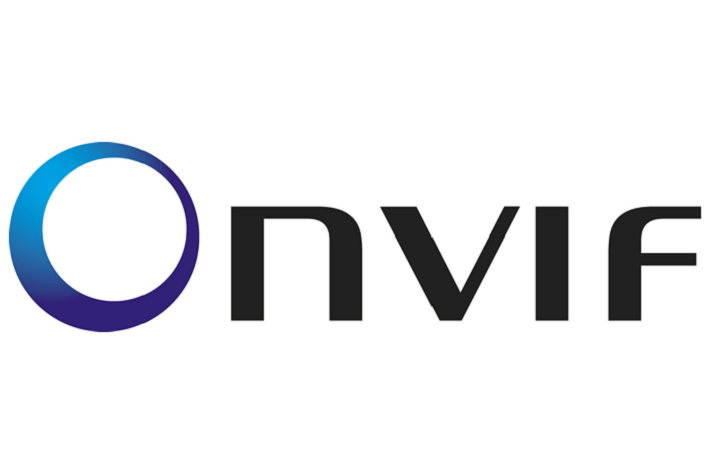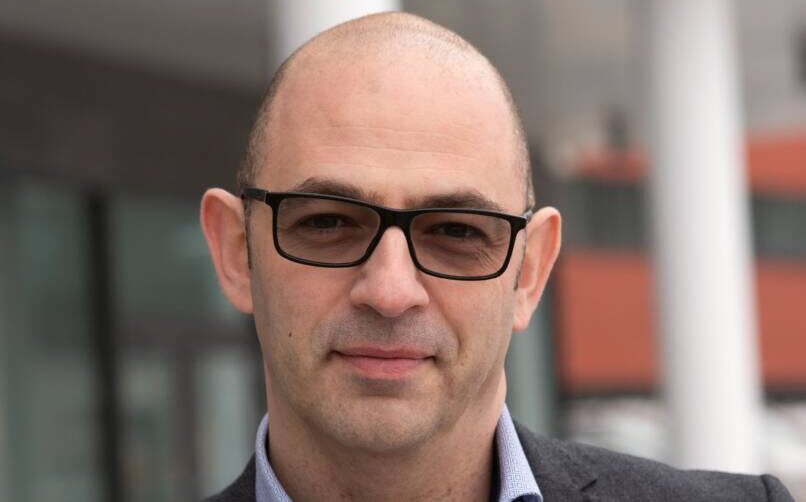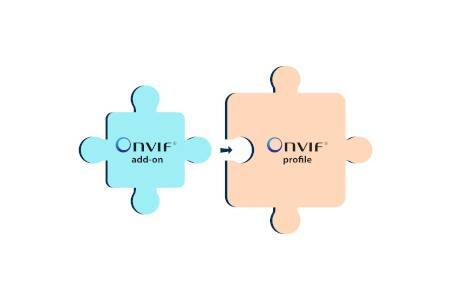The future of ONVIF
Security Buyer talks exclusively to the new Chairman of ONVIF Steering Committee, Leo Levit, about how his experience and background with contribute to the future of ONVIF
Leo Levit has spent many years in the technology innovation and product management fields. Beginning with a master’s degree in Electronic Engineering, his professional career has included multiple positions in several multinational companies such as Ericsson and Sony. During Leo’s 20+ year career, he has contributed to technology adoption in the telecommunication, security and video analytics fields. Leo is currently the Director of System Integration at Axis Communications AB.
Could you explain a bit about your background and what that brings to ONVIF?
My career in the industry began at the age of 18, when I worked for an integrator – setting the stage for my continued interest in security technology. Since then, I’ve served in leadership and business management roles within the technology field and am currently Director of Systems Integration at Axis Communications, which speaks directly to matters of interoperability and technology development and innovation. Prior to this role I was Global Product Manager of Analytics Solutions at Axis. I look forward to combining my technical background, along with my experience in product management, marketing, and sales with my interest in leadership, in this new role with ONVIF.
As the new Chairman for ONVIF, do you have any plans for the organisation?
My focus for ONVIF in the near term is to continue our momentum of developing profiles and solutions that support our members and our industry. These solutions need to not only address current needs but also reflect the changing landscape of our industry and the influences from the larger technology sector that ultimately impact our safety and security technologies and solutions. Looking further down the road, we will continue our ongoing evaluation of how our strategy can and should adapt to ensure that ONVIF will continue to be relevant and meet global demands for interoperability.
As technology has advanced dramatically this past year, do you think interoperability will play a bigger role?
I strongly believe interoperability has a critical role today and will be even more important in the future. For example, in the past year, many organisations have been tasked with adding bespoke solutions to satisfy pandemic safety measures, including crowd management, social distancing and face mask detection technologies. Open platforms can help organisations in creating a more holistic, intelligent and sustainable system that is flexible and based on changing user needs. As the economy continues to shift and move, the aging ‘build once and maintain forever’ mindset becomes even more impractical, with interoperability key to security and safety technology’s expanding role as a tool to manage broader operational and business processes.
These trends have paved the way for these mainstream use cases to be realised, opening up opportunities to reach more vertical markets and new use cases, aided by cloud, Artificial Intelligence (AI) and video analytics. ONVIF, as such, isn’t the whole solution, but it does offer opportunities for the integrator community to help solve those issues brought on by the pandemic.
Is there anything exciting that you have planned for the near future that you could disclose to us?
The current focus is to maintain momentum in our work and constantly evaluate the needs of the industry, driven by technological trends and other external and internal factors. In 2020, we announced the Release Candidate for Profile M, which offers the possibility to extract data that’s not only valuable for security applications but can be used for other business intelligence purposes as well. That will help device and client manufacturers as well as system owners to explore approaches that focus on vertical interoperability, allowing more multi-purpose usage of devices in the network. Such developments will contribute to market evolution and demand, challenging ONVIF to meet these needs through continued relevance. These developments are something I look forward to exploring further with ONVIF.
Anything else to note?
The opening of the GitHub platform last year was an important step forward for ONVIF, primarily because it has enabled organisational processes to function more easily and has shortened the turnaround time for specification proposals. It also allows not only ONVIF member companies but developers from other companies and industries to provide input to ONVIF specifications based on their diverse perspectives and experiences. As technology continues to evolve at a faster pace, this open-source methodology will help keep the work of ONVIF more relevant to the industry at large.
To stay up to date on the latest, trends, innovations, people news and company updates within the global security market please register to receive our newsletter here.
Media contact
Rebecca Morpeth Spayne,
Editor, Security Portfolio
Tel: +44 (0) 1622 823 922
Email: [email protected]





